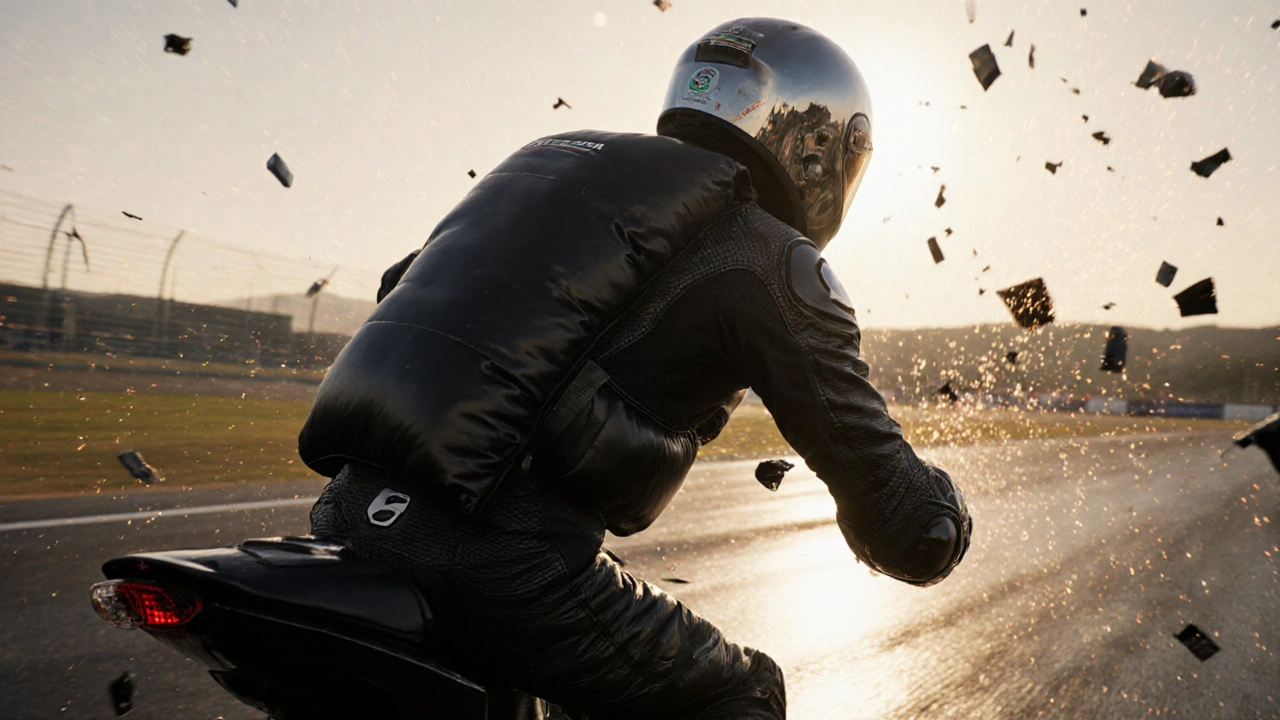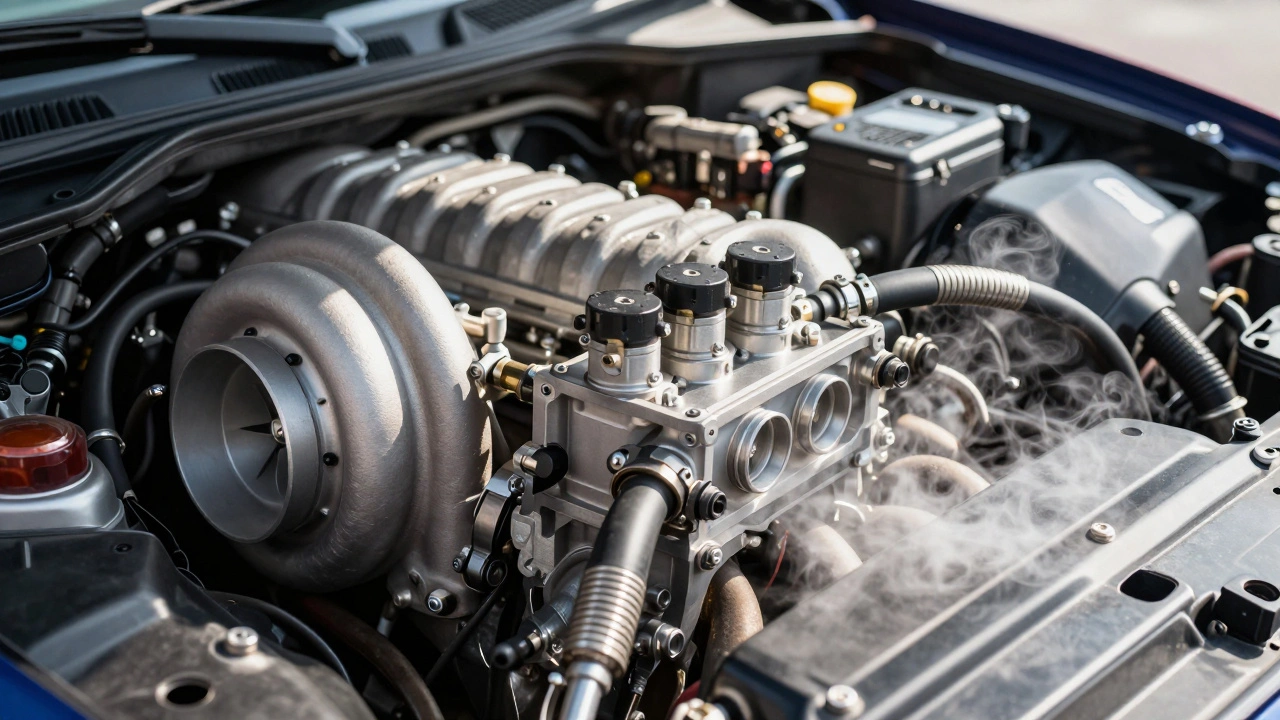Racing Helmets: Safety, Standards, and What to Look For
When you're doing 150 miles an hour, your racing helmet, a specialized protective headgear designed for high-speed motorsports. Also known as motorsport helmet, it's not just gear—it's your last line of defense in a crash. Unlike street helmets, racing helmets are built to survive impacts, fire, and debris at speeds that can turn a minor mistake into a life-or-death moment.
Not all helmets are created equal. The Snell certification, a strict safety standard developed by a non-profit focused on head protection is the gold standard in racing. Snell-certified helmets go through brutal tests—impact resistance, fire resistance, chin bar strength—that street helmets don’t even attempt. If a helmet doesn’t have a Snell SA2020 or SA2025 label, it’s not legal for most track events. And don’t be fooled by flashy designs—what matters is the internal structure, the multi-layered composite shell, and the snug, pressure-tested fit.
Fit is everything. A helmet that’s too loose will shift in a crash. Too tight, and it causes headaches or restricts your vision. The right one should feel like a second skin—no movement when you shake your head, no pressure points after 20 minutes. Many racers test helmets with their racing harness in place, because the chin strap tension changes how the helmet sits. And don’t forget the interior: removable, washable liners matter. Sweat and heat build up fast on track days, and a dirty liner can turn a good helmet into a health hazard.
Fire resistance is another non-negotiable. Racing helmets use Nomex or similar fire-retardant materials that can withstand 1,000-degree flames for 45 seconds or more. That’s not a gimmick—it’s what saved drivers in crashes where fuel ignited. Look for the FIA 8859-2015 or Snell SA rating that confirms fire protection. And while carbon fiber shells are lighter and stronger, they’re not always necessary for amateur track days. A well-made fiberglass helmet with Snell certification will do the job just fine.
Don’t overlook ventilation. Overheating leads to fatigue, and fatigue leads to mistakes. Modern racing helmets have carefully placed air intakes and exhaust ports that pull cool air in and push hot air out without creating noise or wind buffeting. Some even have integrated communication systems, but those are secondary. The priority is always protection, visibility, and comfort under stress.
And here’s something most beginners miss: helmets expire. Even if it looks fine, the materials degrade over time. Most Snell-certified helmets have a 5-year lifespan from the date of manufacture. That’s because the foam liner compresses, the adhesives weaken, and the shell can become brittle. A 10-year-old helmet might look new, but it won’t perform like a new one. Always check the date sticker inside.
What you’ll find below are real-world guides on choosing, maintaining, and upgrading your racing helmet. From budget-friendly options that still meet safety standards, to how to spot counterfeit gear, to what to do after a crash—even if the shell looks fine. These aren’t theoretical tips. They’re lessons from racers who’ve been there, and the mechanics who’ve seen the aftermath.

Motorcycle Racing Safety Gear Advances: Airbags and Helmets
- 9 Comments
- Nov, 20 2025
Modern motorcycle racing safety gear, including airbag suits and advanced helmets, is drastically reducing injuries in high-speed crashes. Learn how the tech works and what to buy.




